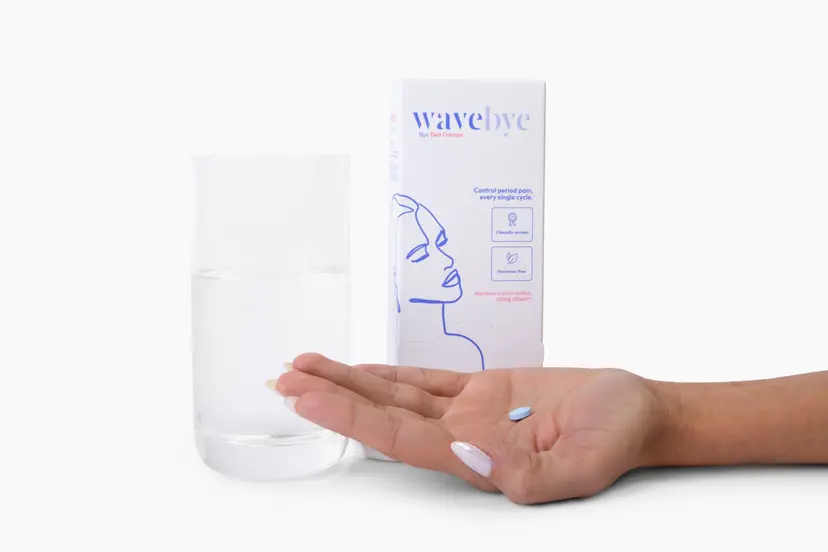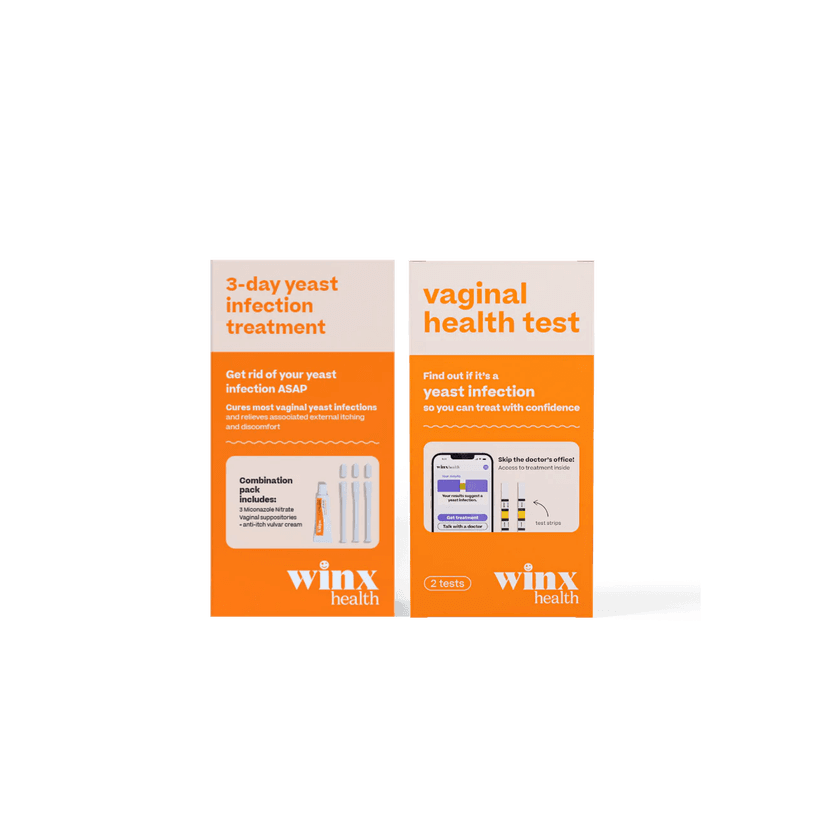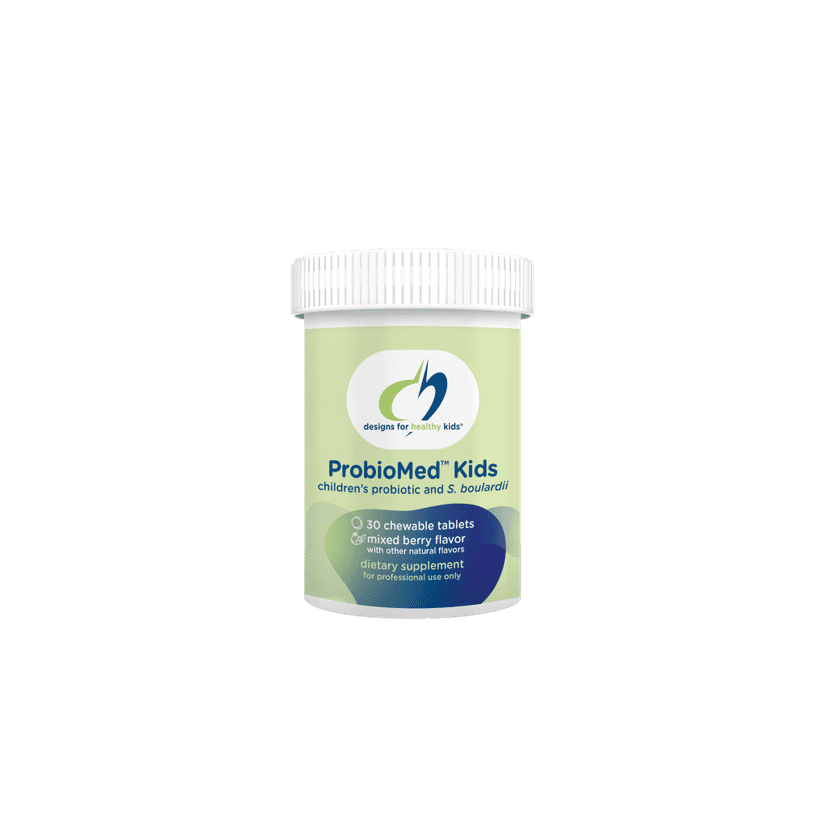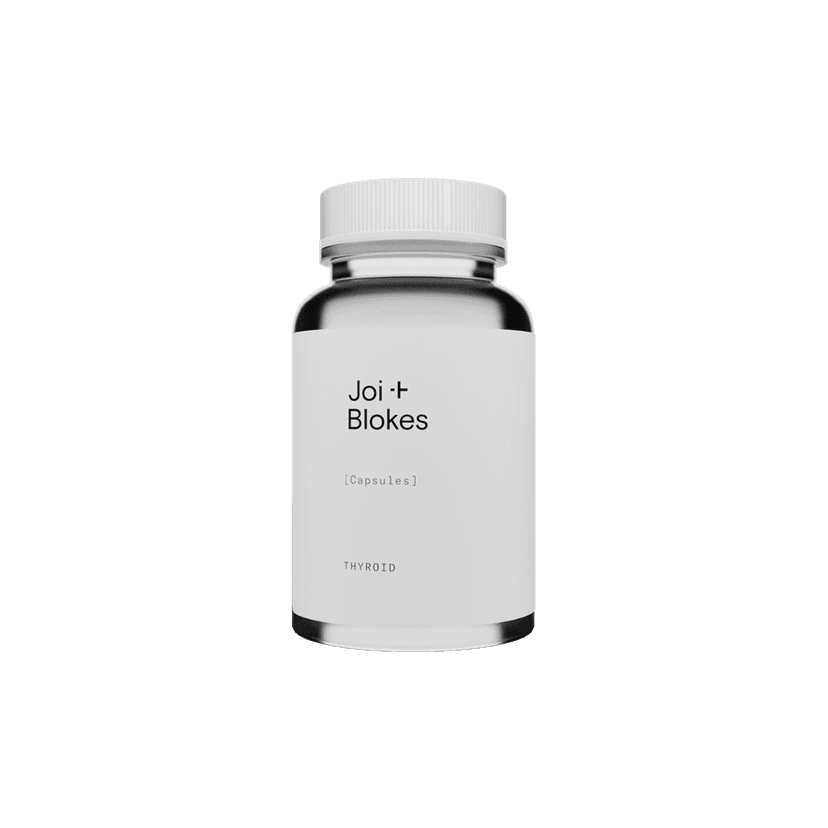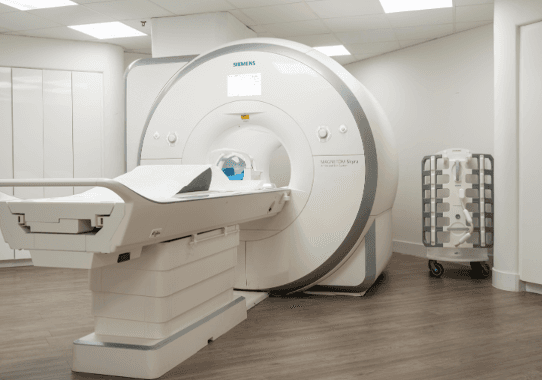Telomeres are tiny protective caps at the ends of our chromosomes. They play a key role in keeping our cells healthy and young. As we age, these telomeres get shorter, which can lead to cell damage and diseases. Scientists are studying telomeres to understand how they affect aging and to find ways to keep us healthier for longer.
Key Takeaways
- Telomeres protect our chromosomes and are essential for cell health.
- Shorter telomeres are linked to aging and age-related diseases.
- Telomerase is an enzyme that helps maintain telomere length.
- Oxidative stress can speed up telomere shortening.
- Scientists are exploring ways to protect telomeres and slow down aging.
The Role of Telomeres in Cellular Aging
Mechanisms of Telomere Shortening
Telomeres, the protective caps at the ends of chromosomes, shorten with each cell division. This gradual shortening acts as a biological clock, limiting the number of times a cell can divide. When telomeres become too short, cells enter a state called senescence, where they stop dividing but remain metabolically active. This process is crucial for preventing the uncontrolled cell growth seen in cancer.
Impact on Cellular Function
Shortened telomeres can lead to genomic instability, triggering DNA damage responses. This instability can impair cellular functions, contributing to aging and age-related diseases. Cells with critically short telomeres may undergo apoptosis, or programmed cell death, further affecting tissue function and regeneration.
Comparative Studies in Model Organisms
Research in model organisms like mice and yeast has shown that telomere length is linked to lifespan. Mice with longer telomeres tend to live longer and have a delayed onset of age-related diseases. These studies help scientists understand the potential for telomere-based therapies in humans.
Understanding the role of telomeres in cellular aging is key to developing interventions that could extend healthy lifespan and combat age-related diseases.
Telomerase Activity and Its Influence on Longevity
Telomerase Structure and Function
Telomerase is an enzyme that adds repetitive nucleotide sequences to the ends of chromosomes, known as telomeres. This action helps counteract the natural shortening of telomeres that occurs during cell division. Telomerase is particularly active in reproductive cells, ensuring the longevity of these cells across generations.
Genetic Interventions
Genetic interventions targeting telomerase activity have shown promise in extending lifespan and improving health. For instance, telomerase gene therapy in mice has led to significant health improvements and reduced aging markers. This therapy involves using a virus to deliver the telomerase gene to cells, which then express the enzyme and maintain telomere length. Notably, this approach has extended the median lifespan of treated mice by up to 24%.
Pharmacological Modulation
Pharmacological agents that activate telomerase are being explored as potential therapies for age-related diseases. One such agent, TA-65, has been shown to elongate short telomeres and increase the health span of adult and old mice without increasing cancer risk. These findings suggest that telomerase activators could be a viable strategy for promoting cellular longevity and overall health.
Oxidative Stress and Telomere Dynamics
Sources of Oxidative Stress
Oxidative stress happens when there's an imbalance between the production of reactive oxygen species (ROS) and the cell’s ability to counteract their harmful effects. Everyday activities like breathing, eating, and exercising can produce ROS. Environmental factors such as pollution, radiation, and smoking also contribute to oxidative stress.
Impact on Telomere Length
Telomeres, the protective caps at the ends of chromosomes, are especially vulnerable to oxidative damage. This damage can lead to faster telomere shortening, which in turn accelerates cellular aging. The guanine-rich sequences in telomeres are particularly prone to oxidative modifications, making them hard to repair.
Mitigation Strategies
To combat oxidative stress and protect telomeres, several strategies can be employed:
- Antioxidants: Consuming foods rich in antioxidants like vitamin C and E can help neutralize ROS.
- Healthy Lifestyle: Regular exercise, a balanced diet, and avoiding smoking can reduce oxidative stress.
- Pharmacological Interventions: Some drugs are being researched for their potential to reduce oxidative stress and protect telomeres.
Reducing oxidative stress is crucial for maintaining telomere length and promoting cellular longevity.
Telomere Length as a Biomarker for Age-Related Diseases
Neurodegenerative Disorders
Telomere length has been linked to various neurodegenerative disorders. Shorter telomeres are often found in patients with Alzheimer's disease and other forms of dementia. This suggests that telomere length could serve as an early indicator for these conditions.
Cancer Risk
The relationship between telomere length and cancer risk is complex. While shorter telomeres can lead to genomic instability and increase cancer risk, extremely long telomeres can also promote tumorigenesis. Therefore, maintaining an optimal telomere length is crucial for minimizing cancer risk.
Cardiovascular Diseases
Studies have shown that individuals with shorter telomeres are at a higher risk of developing cardiovascular diseases. For example, shorter leukocyte telomere lengths at age 60 have been correlated with a threefold higher risk of heart disease. This makes telomere length a valuable biomarker for predicting cardiovascular health.
Understanding the role of telomere length in age-related diseases can help in early diagnosis and better management of these conditions.
Innovative Therapies Targeting Telomere Maintenance
Gene therapy is a cutting-edge method aimed at maintaining telomere length. By introducing genes that encode for telomerase, scientists hope to extend cellular lifespan and combat age-related diseases. This approach is still in its experimental stages but shows great promise for future applications.
Small molecule activators are compounds designed to boost telomerase activity. These molecules can potentially slow down the aging process by preserving telomere length. Research is ongoing, and some of these activators are already being tested in clinical trials.
Lifestyle choices and diet can also impact telomere length. Regular exercise, a balanced diet, and stress management are all factors that can contribute to healthier telomeres. While these interventions may not be as potent as gene therapy or small molecule activators, they are accessible and beneficial for overall health.
Maintaining telomere length through various therapies offers a promising avenue for extending healthy lifespan and preventing age-related diseases.
Epigenetic Factors Influencing Telomere Function
DNA Methylation
DNA methylation is a key epigenetic mechanism that can influence telomere function. Methylation patterns can change how genes are expressed without altering the DNA sequence itself. This process can affect the stability and length of telomeres, impacting cellular aging.
Histone Modification
Histone proteins help package DNA into a compact, organized structure. Modifications to these histones, such as acetylation or methylation, can influence telomere function. These changes can either tighten or loosen the DNA around histones, affecting gene expression and telomere maintenance.
Non-Coding RNAs
Non-coding RNAs (ncRNAs) are RNA molecules that do not code for proteins but can regulate gene expression. They play a role in maintaining telomere length and function. For example, some ncRNAs can bind to telomeric DNA and protect it from degradation.
Epigenetic factors like DNA methylation, histone modification, and non-coding RNAs are crucial in regulating telomere function and, consequently, cellular aging. Understanding these mechanisms can offer new insights into aging and potential therapeutic targets.
The Interplay Between Telomeres and Other Aging Mechanisms
Mitochondrial Dysfunction
Telomeres play a crucial role in cellular aging, but they don't act alone. Mitochondrial dysfunction is another key player in the aging process. When mitochondria, the powerhouses of the cell, fail to function properly, they produce harmful molecules called reactive oxygen species (ROS). These ROS can damage DNA, including telomeres, leading to accelerated cellular aging.
Ribosomal Function
Ribosomes are responsible for protein synthesis in cells. As we age, ribosomal function can decline, leading to less efficient protein production. This decline can affect telomere maintenance, as proteins involved in protecting and elongating telomeres may not be produced in sufficient quantities. The interplay between ribosomal function and telomere length is an area of active research.
Integrated Aging Models
Scientists are working to develop integrated models that combine various aging mechanisms, including telomere dynamics, mitochondrial dysfunction, and ribosomal function. These models aim to provide a comprehensive understanding of aging, which could lead to more effective interventions. By studying how these different factors interact, researchers hope to uncover new strategies to slow down the aging process and improve healthspan.
Understanding the complex interactions between telomeres and other aging mechanisms is essential for developing effective anti-aging therapies. By targeting multiple pathways, we may be able to extend both lifespan and healthspan.
Conclusion
In summary, telomeres are crucial for understanding how our cells age and how we might slow down this process. They act like protective caps for our chromosomes, and when they get too short, our cells can't divide properly anymore. This can lead to age-related diseases like cancer and Alzheimer's. Scientists are working hard to find ways to keep our telomeres long, either by changing our genes or by using special enzymes. While telomeres are a big piece of the aging puzzle, they are not the only one. Other factors also play a role in how we age. By continuing to study telomeres and other aging factors, we can hope to find new treatments to help us live longer, healthier lives.
Frequently Asked Questions
What are telomeres?
Telomeres are protective caps at the ends of our chromosomes. They help keep our DNA safe during cell division.
How do telomeres affect aging?
As cells divide, telomeres get shorter. When they become too short, cells can't divide anymore, which leads to aging and age-related diseases.
What is telomerase?
Telomerase is an enzyme that helps maintain telomere length. It can add extra DNA to the ends of telomeres, slowing down the aging process.
Can lifestyle choices impact telomere length?
Yes, healthy lifestyle choices like a balanced diet, regular exercise, and stress management can help maintain telomere length.
Are there treatments to extend telomeres?
Researchers are exploring treatments like gene therapy and small molecules to extend telomeres, but these are still mostly in experimental stages.
Can telomere length predict diseases?
Short telomeres are linked to higher risks of diseases like cancer, heart disease, and neurodegenerative disorders. So, telomere length can be a useful biomarker.







